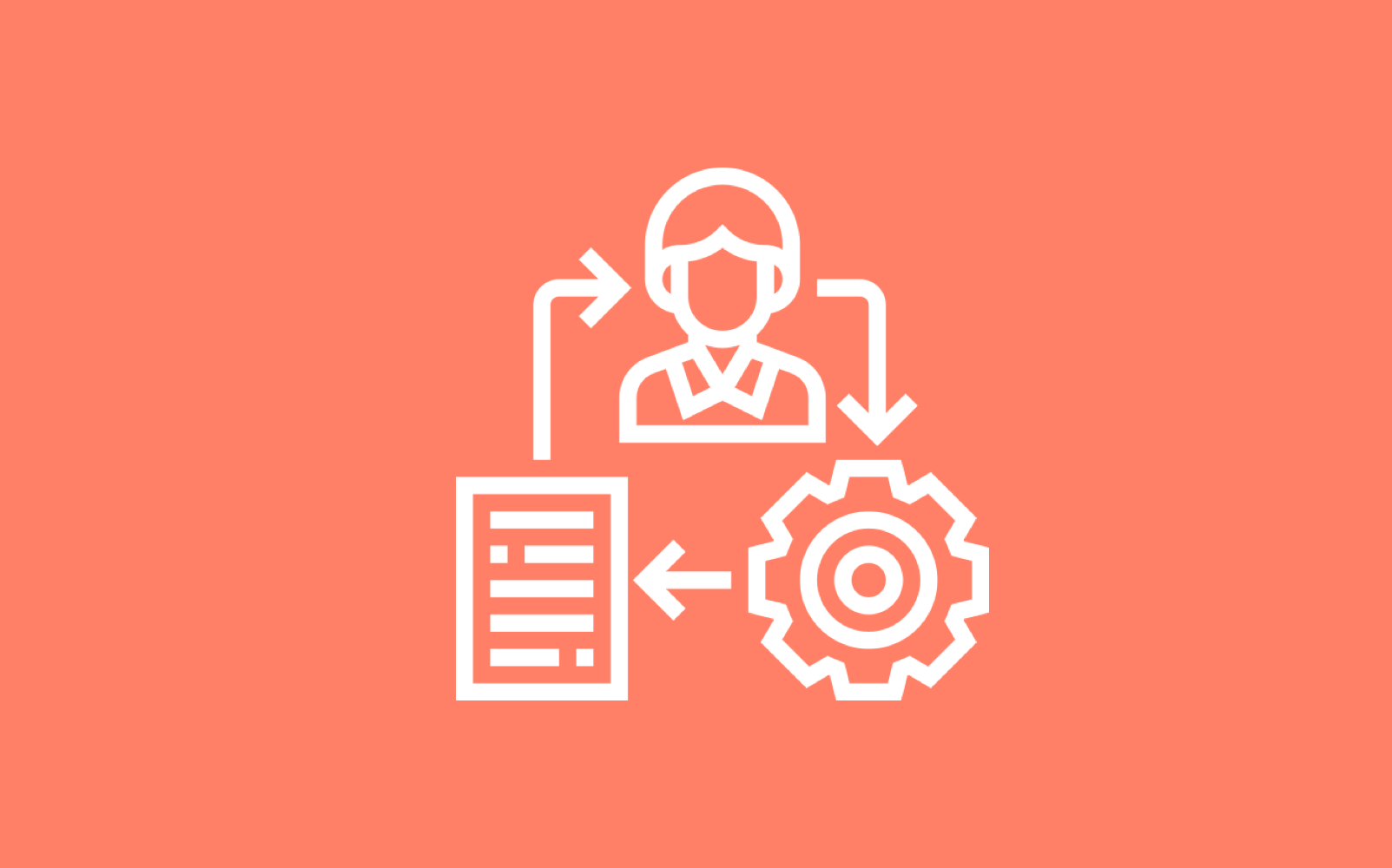
 back to all posts
back to all posts
The New World Of Comprehensive Competitive Intelligence
In recent years, competitive intelligence has shifted away from laborious qualitative research into a data-driven decision making machine that allows companies to holistically understand the competitive arena.
That is, if it is done correctly.
Competitive intelligence often gets mistaken for analyzing the enemy (your competitor) instead of the entire landscape. It’s how while hotels were battling each other, Airbnb was able to jump in and destroy the entire model. The same goes with Uber and taxis.
Depending on who you ask, competitive intelligence has different definitions. We like Harvard Business Review’s definition: “CI is a perspective on changing market conditions.”
This means it isn’t just about information and having access to data, but pairing it with expert analysis to gleam insights.
So, how does one conduct competitive intelligence today? Keep reading to answer what is competitive intelligence, the growing uses for competitive intelligence, and the methods for gathering and analyzing competitive intelligence.
What exactly is competitive intelligence?
As we said, everyone seems to have a different definition of competitive intelligence.
It can be boiled down into two distinct categories:
Tactical intelligence: This is short-term competitive intelligence. Tactical intelligence focuses on the best ways for a business to perform various tasks such as capturing a larger market share or increasing overall revenue.
Strategic intelligence: Strategic intelligence is more about long-term decision making. This type of intelligence gathering analyzes broader issues, such as possible opportunities or risks in the future that could impact the company and larger industry.
That means that competitive intelligence should be used to help answer short-term questions like “What is the best way to increase overall revenue?” and longer-term strategic business decisions like “What are the biggest opportunities in the next ten years?”.
Traditionally competitive intelligence:
- Combines external competitive and market forces into short-term and long-term strategic planning
- Concludes in relevant insights from research and structured analysis
- Enhances various parts of an organization including marketing, strategic planning, operations, and finance
- Adheres to antitrust and trade secret laws, all legal and ethical best practices and the company’s corporate code of behavior
- Helps to minimize decision risk and reduce uncertainty about external development
How is competitive intelligence used?
As we mentioned above, competitive intelligence can help an organization across roles and departments including marketing, strategic planning, operations, and finance.
Some specific use cases for competitive intelligence are:
- Develop business or corporate unit strategies
- Form the basis of counter-competitive strategies against competitor(s)
- Prepare for strategic market moves like a new product launch and new market entry,
- Benchmark organizations
- Predict and plan for future market opportunities and disruptions
- Assess effectiveness of your competitors’ market positioning and product messaging
How do you conduct competitive intelligence?
Just like the various use cases for competitive intelligence, how an organization conducts or defines deliverables for competitive intelligence varies.
There are a few specific methods of competitive intelligence:
- Competitive Strategy (War Gaming, Scenario-Based Planning)
- Research and Analysis
- CI Process Development
- Win/Loss Analysis
- Early Warning / Monitoring
For each method, you’ll use capture various data points about your competitors and the competitive landscape.
- Company websites and its changes for insights into shifts in target audiences, shifts in strategy, pricing, product benefits, and more
- Press releases for new product, fundraising rounds, or hires
- Social media posts and blog content to find perceived customer focus areas
- Online job postings, since the number and needed roles indicate priorities and needs
- Company information aggregators such as Dun & Bradstreet, Gartner, and Intricately
- User groups on social networks that include LinkedIn and Facebook and elsewhere on the Internet
A different kind of data for a different kind of competitive intelligence
Successful competitive intelligence assess risks and opportunities before they become obvious, influences short-term tactical and long-term strategic decisions regarding business strategies, helps teams better understand the the overall industry and marketplace, and learn from the strengths and weaknesses of competitors.
Intricately’s data is used by some of the largest cloud companies to get an insider view into their competitors, their customers, and the overall competitive landscape.

3 Trends Shaping the Evolving Cloud Hosting Market

4 Ways Cloud Marketing Leaders Can Get the Most From Their Budgets in 2022

How to Perform Account Segmentation and Prioritization



7 Steps To Set Up A Successful Competitive Intelligence Process

The Complete List Of Competitive Intelligence Tools

